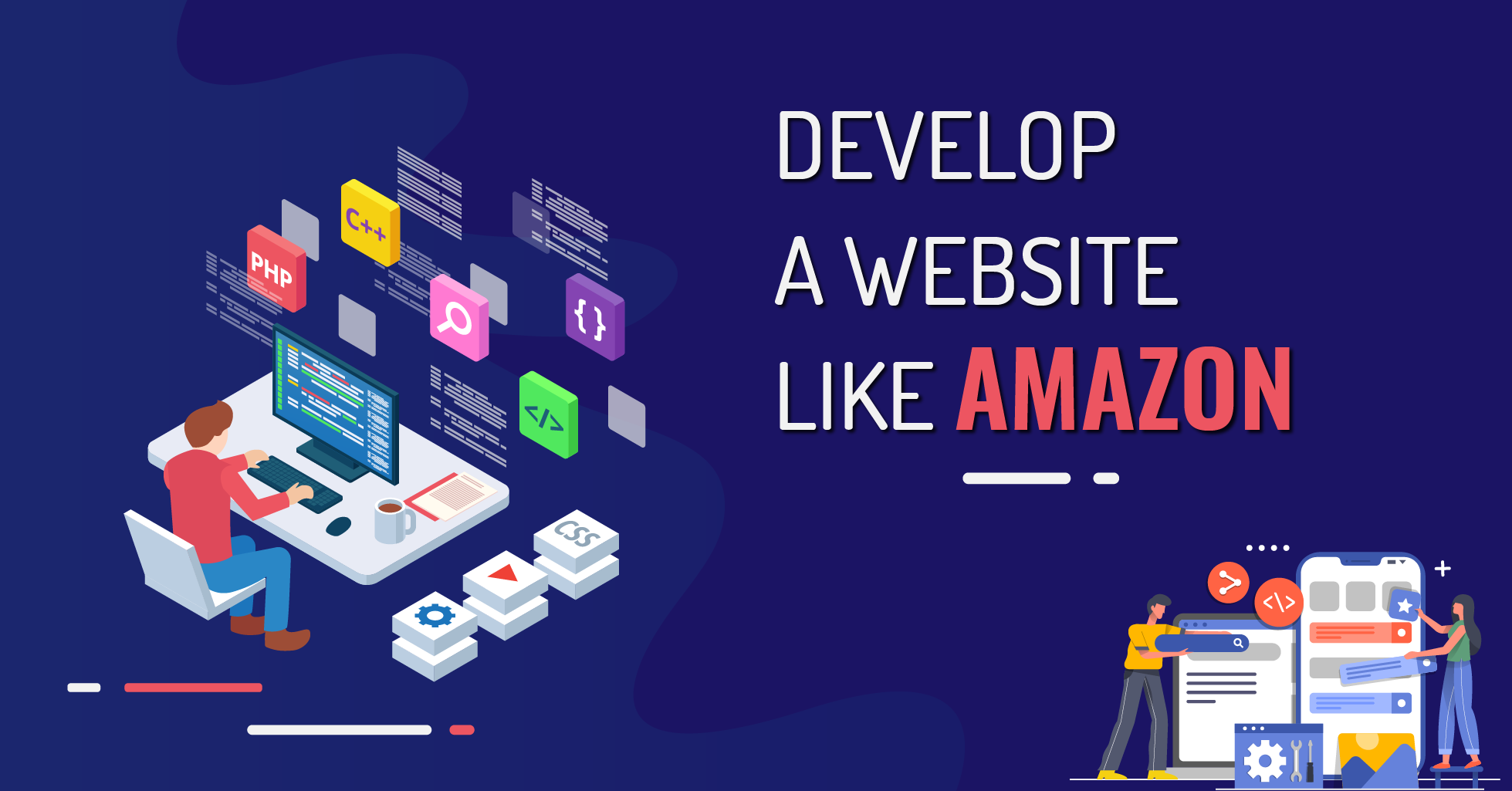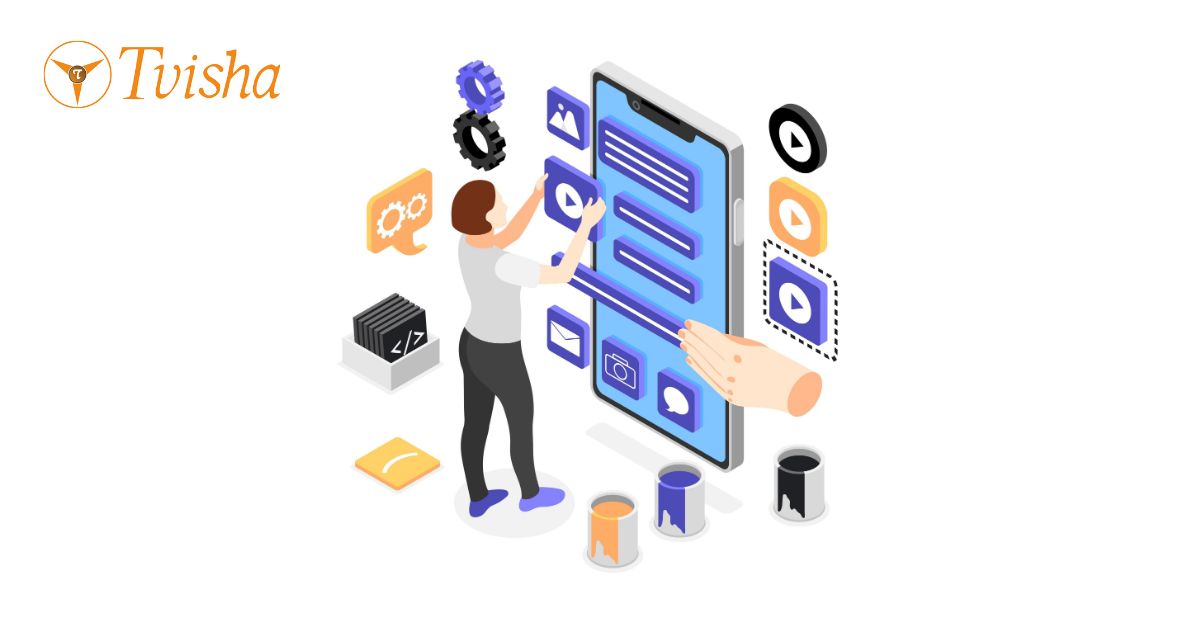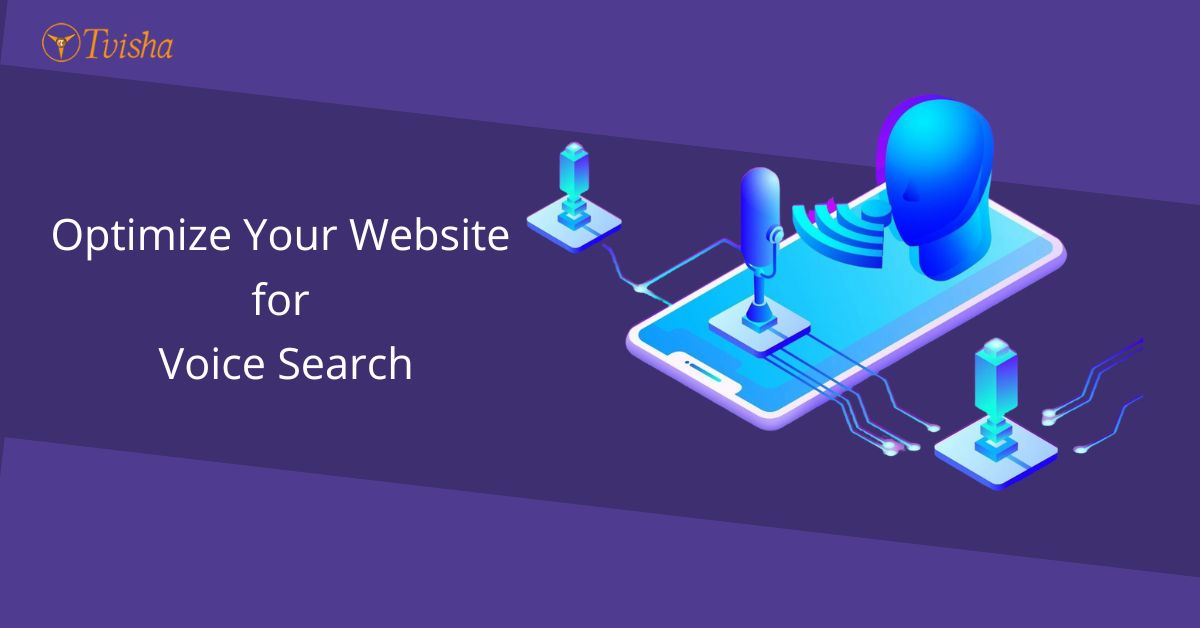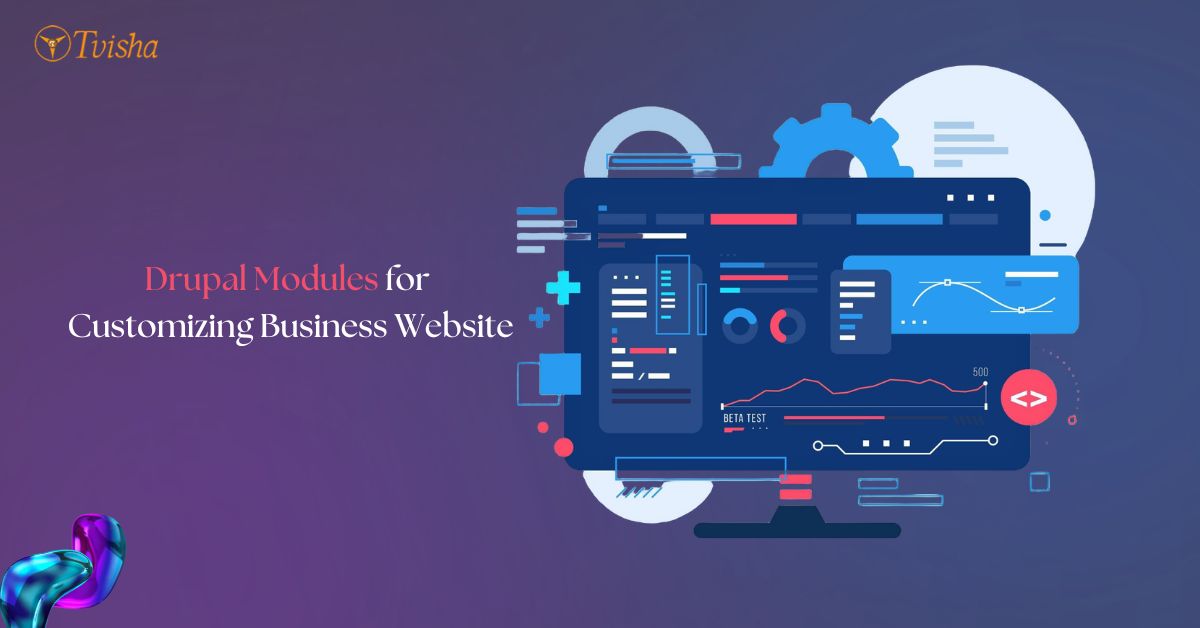
How To Build A Top-Notch eCommerce Website Like Amazon?
Any discussion about successful multi-vendor e-commerce business reminds participants of Amazon.
Why not? After all, it is giant among the e-commerce stores with around 300 million monthly active users and 2 million sellers in its credit. Even the sellers from small stores went viral via Amazon.
How does it make it all these at once?
Its success didn’t fly by night. With its creativity, adoption of the latest trends and technology, and continuous efforts Amazon reached the top spot.
Can you guess that the buzz and popularity behind this business is a top-notch website and it gets maximum leads through the website alone?.
Website?
Yeah! You have read it right. The website - the index of any business. It predicts and resembles what the business was, is, and will be.
Designing a website like Amazon requires a deep analysis of its diversified business model, site, and its unique features.
Exploring the Unique Features and Business Model Behind the E-Commerce Giant
Let’s go through the unique features that make it stand tall and credited it as an e-commerce giant.
1. Creative and Catchy Brand Logo
Amazon is the largest river in the southern part of the USA but Jeff Bozos’ intention is beyond that. The arrow mark in the name starts from A and ends at Z. This resembles a one-stop solution for A to Z products for selling and buying. Hire a website design and development company that helps you in choosing a trendy brand logo like Amazon.
2. UI/UX Design
Creating a top-tier website doesn’t require excessive use of flashy designs, animations, or effects that can negatively impact the site's loading speed. Instead, the focus should be on simplicity and functionality, akin to the design approach of Amazon. A well-designed website should prioritize the user experience, incorporating the latest web design trends that emphasize ease of navigation, convenience in browsing, and overall efficiency in use. By adopting a clean, intuitive interface, users can effortlessly move through pages, locate products, and complete their transactions without unnecessary distractions or delays. Responsive design is also critical, ensuring that the website performs optimally across all devices, including desktops, tablets, and smartphones. Checking the responsive style of Amazon can serve as an excellent benchmark, showcasing how simplicity and user-centered design can lead to a seamless online shopping experience. Many Amazon agencies specialize in creating user-friendly designs that follow these same principles, ensuring a smooth and efficient online shopping experience for customers across various industries.
3. Security
Security is the cornerstone of any successful online business, protecting both the company’s assets and the trust of its customers. It is essential to encrypt all data associated with products, users, payments, and other critical information to safeguard against cyber threats. Even if data is intercepted, encryption ensures that it remains indecipherable to unauthorized parties, significantly reducing the risk of data breaches. In addition to robust encryption protocols, having a reliable backup service in place is vital. Regularly backing up data ensures that, in the event of a security incident or system failure, your online store can quickly recover and continue operations with minimal disruption. Implementing strong security measures not only protects your business but also enhances customer confidence, encouraging repeat business and fostering long-term loyalty.
4. Hosting
In the realm of e-commerce, hosting is a critical factor that can greatly influence the performance and success of your online store. Given that e-commerce sites typically feature a large number of pages and a vast inventory of products, maintaining fast page loading speeds is a constant challenge. The performance of your site is heavily dependent on the quality of your hosting service, particularly the type of server you choose. For an optimal shopping experience, it’s advisable to opt for a robust hosting solution such as a Virtual Private Server (VPS) or Amazon Web Services (AWS). These servers are designed to handle high traffic volumes, support multi-vendor platforms, and efficiently manage large amounts of data. By investing in a powerful hosting service, you can ensure that your site remains fast, reliable, and capable of delivering a smooth, convenient shopping experience to your customers, even during peak traffic periods.
5. Development Requirements
Programming language: PHP language can provide security and is scalable too.
Required framework: Use frameworks that fit your business requirements based on the coding language.
Development platforms: Use either Magento and Prestashop that can handle the site better.
CMS: It is a pivotal part of a website. Decide the right CMS by keeping the volume of content, security, and speed in the mind. WordPress is highly preferable because of its capabilities in managing the content. The preferable WordPress themes are All store, shop keeper, and flatsome. And set up a Woocommerce plugin if you need a pre-defined complete e-commerce store.
The key point to be noted is the Amazon website has all the product’s short descriptions along with figures. This attracts customers most.
6. Integrations
Every e-commerce website development must have multiple integrations like Amazon such as
Social media links
Multiple payment gateways (supports around 12)
Multi-store support
7. Cart Features
Amazon allows hassle-free checkouts and payment processing. It enables users for automation of payments(recursive) which saves their time by avoiding the provision of details for each transaction.
8. Revenue Sharing Module
Amazon provides a revenue sharing module by allowing third-party sellers to share profits by allowing commissions on reselling.
9. Tax and Shipping Configuration
Amazon set up multiple tax and shipping configurations on its website so that it can serve global users and vendors on a single interface.
List of Features That Amazon Has on its Site
The below table depicts the list of features that Amazon has on its site.
| Features | Sellers | Buyers | Admin |
|---|---|---|---|
| Registration | Yes | Yes | Yes |
| Profile Management | Yes | Yes | Yes |
| Product listings | Yes | ||
| Payments | Yes | Yes | |
| Shipping | Yes | Yes | |
| Orders | Yes | Yes | |
| Notifications (orders, refunds, claims, listings, offers, changes in the accounts, tips) | Yes | Yes | |
| Reports | Yes | Yes | |
| Billing and Reconciliation | Yes | ||
| Ratings and Reviews | Yes | Yes | Yes |
| Buying | Yes | ||
| Messaging (chat support) | Yes | ||
| Customer support | Yes | ||
| Subscription Management | Yes | ||
| Push Notifications | Yes | ||
| Wishlist | Yes | ||
| History | Yes | ||
| Dashboard | Yes | ||
| Manage Profiles (both sellers and buyers) | Yes | ||
| Manage orders, notifications, inventory, ratings, and reviews | Yes | ||
| Track orders | Yes | ||
| Reports and Analytics | Yes |
How Amazon has improved its monetization?
Subscriptions, multiple payment options, commission or reseller sales, the fulfillment of shipping fees, etc. are the main monetization sources of Amazon.
You can’t design and develop a top-notch site on your own. Take the help of a website development company that makes it possible.
Finally, the cost to develop a website like Amazon is not much. It lies in between $10000 to $50000 depending on various factors such as UI/UX designers, feature complexity, content management system, and technical support and maintenance.
Wrapping Up
In a nutshell, develop a website like Amazon and imprint your brand as another Amazon.com. Furthermore, businesses need to focus on continuous efforts in regular monitoring and testing, launch and promotion, optimization and marketing of the site.

















 Whatsapp
Whatsapp
 Email
Email


